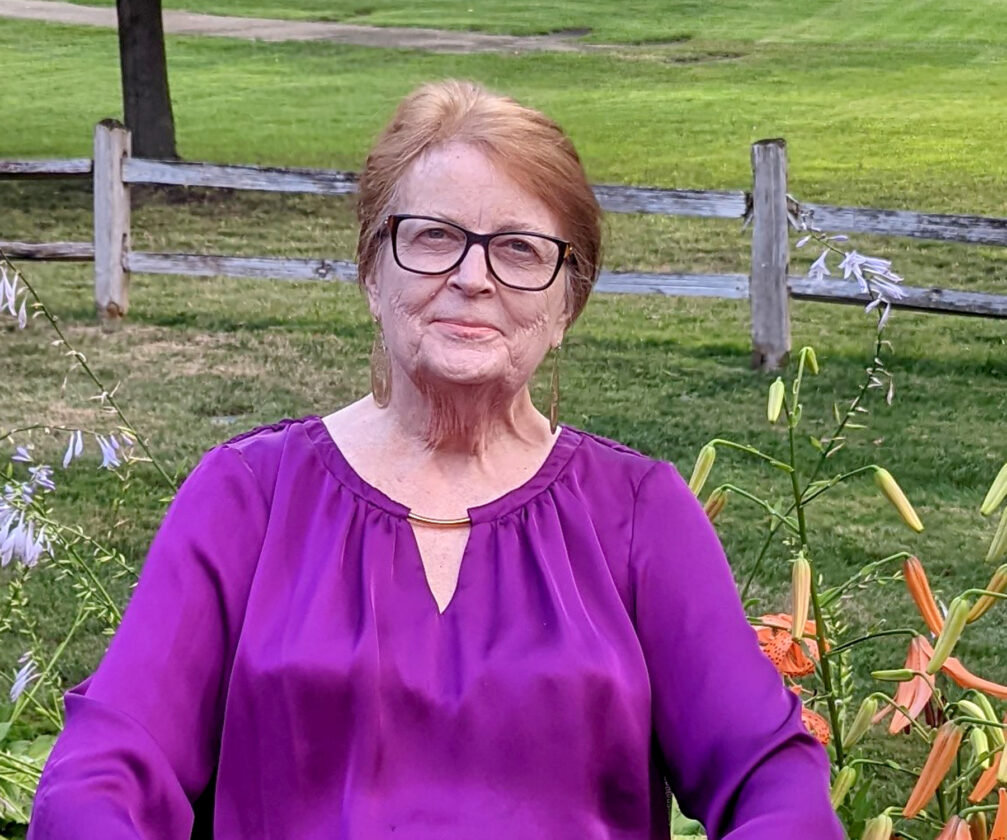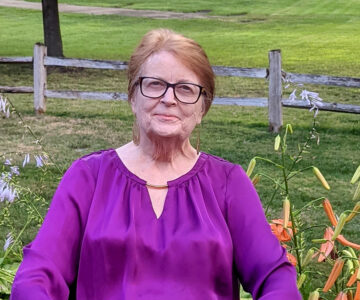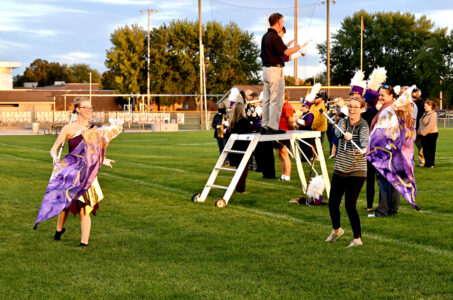At Mulberry Center, the topic is reclaiming Iowa’s lost treasures

Mulberry Center Church at Wilson Brewer Park will host the presentation “Reclaiming Iowa’s Lost Treasure” on Saturday, October 18.
The presentation begins at 1 p.m. in the church at the 220 Ohio Street museum complex.
Sandy Host is the presenter. She attended a one-room school near Odebolt called Willow Tree School. Host has been the curator of the renovated school and museum since 2012.
The lost treasure to which the title of her presentation refers is Iowa’s system of 12,623 one-room schools. Host will share her extensive research on these schools, including photographs of one-room schools in all 99 counties.
Host was raised on a farm in Sac County. Her great-grandfather established a farm on the tall grass prairie in 1874 near the future town of Odebolt. Three generations attended Willow Tree School, which was built in 1883 and closed in 1951.
“I was in second grade when it closed. It was a monumental thing to lose your school,” she said. “Most of the schools were closed in the 1950s, but the last one was closed in 1966.”
After the vacant school became a 4-H clubhouse, it was maintained until it was sold and moved to a different farm. In 2011 a group of 40 people decided to move it and preserve it.
“It was refreshed and reopened as a museum in 2014,” Host said.
Host received her Bachelor’s of Arts and teaching credential from Simpson College and later a Master’s from San Diego State University. She has taught high school students in Iowa and California. She moved back to Iowa in 2006.
Willow Tree School was moved to Heritage Square Park in 2011 and became the Iowa Rural Schools Museum in Odebolt.
Host has authored five books on the school system in early Iowa. One of them includes the Harmony Center School House which is also located within Wilson Brewer Park. Sales of her books help support the Iowa Rural School Museum.
In 1858, Iowa designed a plan to settle the tallgrass prairie that made up 80% of Iowa. It included plans to build public schools for both town and rural children. The Civil War slowed down the plan for a while, but within 30 years, between 1870 and 1900, a million immigrant farm settlers had moved to Iowa, establishing 228,622 farmsteads and doubling Iowa’s population to 2.2 million.
These same farmers also built 12,623 one-room schools.
The program is free to the public, but donations are accepted to help support the programs and maintenance at the Mulberry Center Church.



